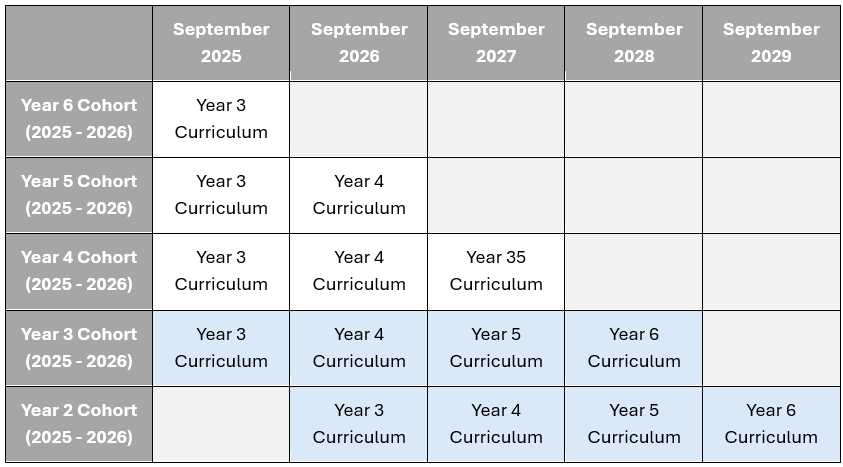Curriculum Lead: Rebekah Fry, Lisa Murtaza & Nadia Khanum
What is Opening Worlds

Opening Worlds is a knowledge-rich humanities programme for teaching history, geography and religion in Years 3 to 6. Opening Worlds provide curriculum resources together with training, support and ongoing programme-related professional development for primary school teachers. Because of its rapidly discernible effects on literacy and highly inclusive approach, Opening Worlds quickly gained appeal in schools tackling under-achievement in areas of social disadvantage.
The Opening Worlds programme was first launched in 2019 by Christine Counsell and Steve Mastin, in association with Haringey Education Partnership (HEP). Over 60 primary schools took it up in Haringey and subsequently in neighbouring Enfield. A new company Opening Worlds Ltd was then founded and, in partnership with HEP, began to work with cohesive groups of twelve or more primary schools (eg LA partnerships, MATs and other school groups with established community leadership) in other settings. In this way, over 120 primary schools beyond Haringey and Enfield have now adopted the programme through Opening Worlds communities established in Birmingham, Brent, Cambridgeshire, Lancashire, Liverpool, Peterborough and Surrey, together with some MAT communities serving multiple locations.
The programme meets and substantially exceeds the demand of the National Curriculum for history and geography. The religion programme is compatible with the objectives of most SACRE locally agreed syllabuses in RE but substantially exceeds the knowledge-base and the resourcing that such local RE syllabuses offer. The programme is characterised by strong vertical sequencing within subjects (so that pupils gain security in a rich, broad vocabulary through systematic introduction, sustained practice and deliberate revisiting) and by intricate horizontal and diagonal connections, thus creating a curriculum whose effects are far greater than the sum of their parts.
Why have we chosen to implement Opening Worlds?
- The drivers of the Opening Worlds humanities curriculum, (scope, rigour, coherence and sequencing), will allow us to secure the highest possible quality of education for our children.
- The inclusive nature of the programme, using the ’10 Techniques for Teaching’, makes Opening Worlds accessible for all. This will have a positive impact on the attainment of all our pupils but especially our disadvantaged pupils
- The strong focus on oracy through the verbalisation of new knowledge and its associated vocabulary will be of great benefit to the children here at Otterham School.
- The emphasis on the acquisition of vocabulary will undoubtedly impact on their ability to comprehend an increasingly diverse range of texts.
- Not only does Opening Worlds deliver clarity in terms of each subjects substantive knowledge, the connections between subjects serves to strengthen children’s ‘sticky’ knowledge. This begins from the very first units in Year 3 (e.g. Indus River & Hindu religion).
- The major themes of climate change, multi-culturalism and diversity, and social injustice are developed over time and woven throughout the Opening Worlds units, which will allow children to develop informed curiosity and critical thinking.
How will the curriculum progress?
The table below shows how the curriculum will progress over the coming years. The blue highlighting shows when cohorts will be taught the correct year group curriculum for their age.

Assessment
The Opening Worlds programme has three types of assessment:
i) Routine, embedded, informal formative assessment.
This happens all the time. It is built into every lesson. Adults are constantly checking that knowledge is secure and that pupils are learning to think historically or geographically with their new knowledge. The regular quizzing and short tasks are always giving ongoing information about how well pupils have remembered and understood, so that teachers are able to adapt and/or re-teach immediately, or at least in the next lesson, ensuring no pupil ever gets left behind.
ii) End of unit synoptic tasks
After the sixth lesson of each unit, pupils do an extended, synoptic task. This is often a piece of extended writing. It might also be an annotated diagram or a more creative outcome such as a story about the past or a little problem to solve using their historical or geographical knowledge. These extended tasks allow pupils both to further develop and to demonstrate, their new knowledge, both substantive and disciplinary, from the unit of work.
iii) End of term multiple choice tests
At the end of each term, multiple choice tests randomly samples pupils’ history, geography knowledge and RE knowledge from across the whole term. These are termly summative tests, giving data about how well pupils are mastering the curriculum. Each test has 18 questions (History, Geography and RE) questions. With thorough teaching, all pupils should gain at least 15 marks every time. If pupils’ marks are constant at this level, they are making excellent progress. Teachers will have clear evidence that pupils are mastering the curriculum.

